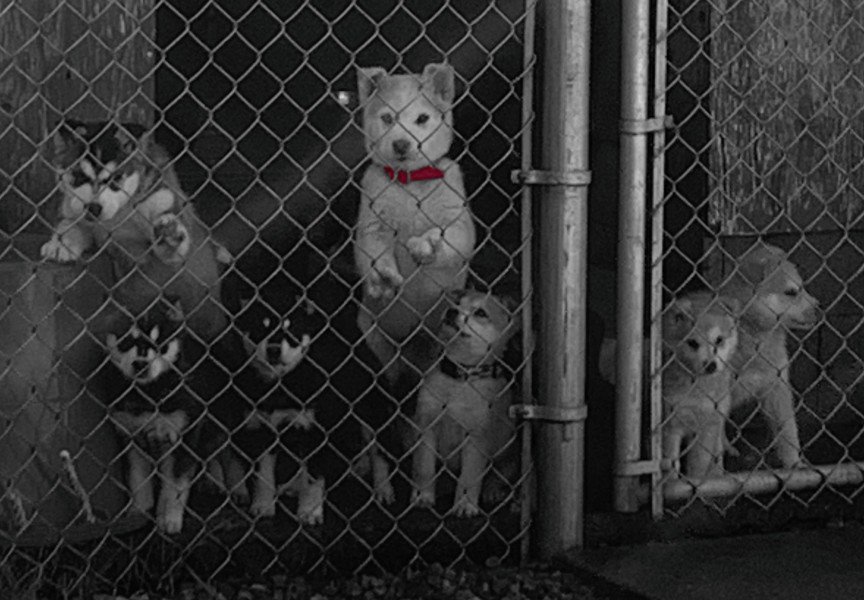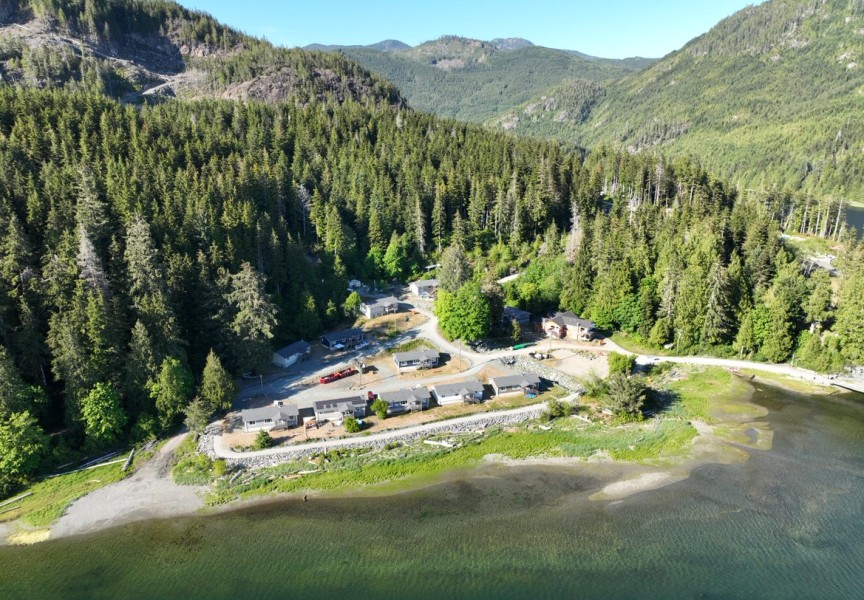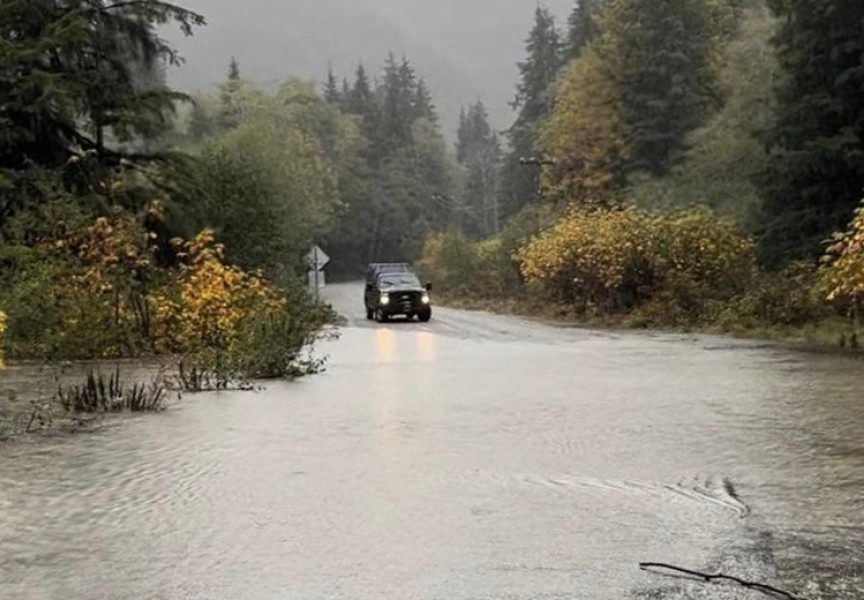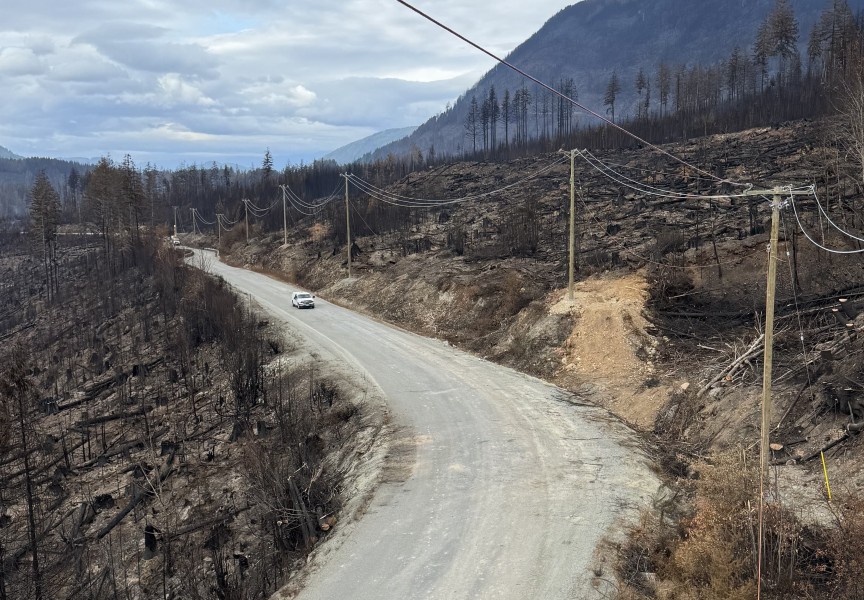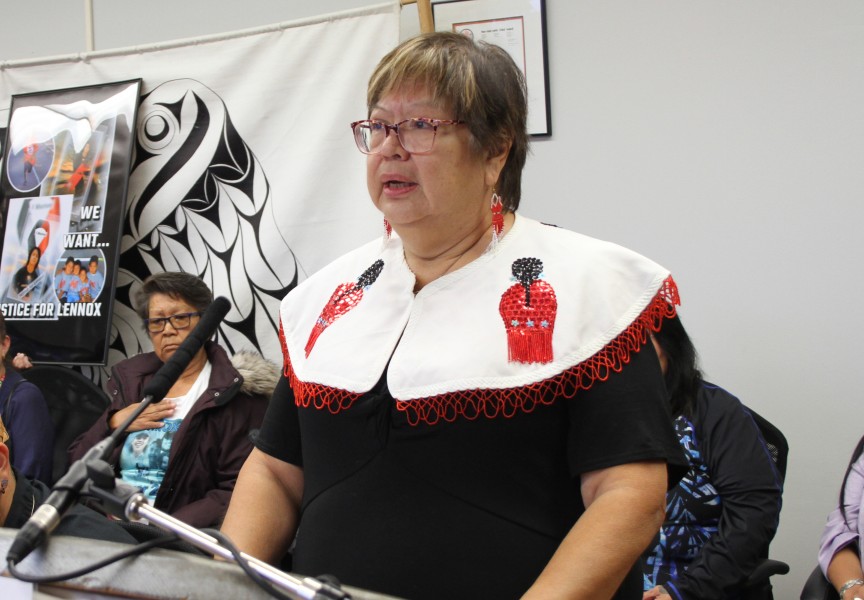With winter still ahead, Anacla and Bamfield have already seen seasonal power outages, reminding residents of their notoriously unreliable electrical service.
“We’ve had at least two now,” said Trevor Cootes, Huu-ay-aht First Nation councillor.
“This is the time of year when I get reminded of other considerations of importance to this energy project,” added Cootes, who is responsible for the Huu-ay-aht economic development portfolio. “Huu-ay-aht struggles quite often and it’s out of the hands of B.C. Hydro.”
Power outages are more than a temporary inconvenience. They can have serious consequences, risking health and safety, particularly for elders.
The community, however, has a permanent and sustainable solution within grasp after years of planning and development. Before B.C. Hydro’s Standing Offer Program was indefinitely suspended last year, Huu-ay-aht was among five Indigenous communities with which the Crown corporation agreed to negotiate electrical purchase agreements (EPA). A $37-million run-of-river project, capable of generating 5.2 megawatts from the Sarita River, is advancing toward the start of construction in 2022.
“As Huu-ay-aht, we’ve been working on this for the last 12 years,” Cootes said. “We’ve been able to move the project forward even though we’ve gone through changes. We’re feeling good about that.”
Launched in 2008 to promote development of clean, renewable energy, standing offers enabled independent power developers to negotiate a set price for electricity produced. Revenue assured, small enterprises such as those of First Nations were able to proceed with costly development. After the NDP formed government in 2017, having promised to review the controversial Site C hydroelectric project, the program was placed in hiatus without warning.
A B.C. Utilities Commission review of B.C. Hydro suggested the standing offer program was a poor investment of public dollars, committing the corporation to buy power at higher prices when an energy surplus was keeping market prices low. The review did not consult with First Nations. B.C. Hydro said it had no plans to issue any further EPAs until the government’s energy review was complete. Small-scale projects in development were suddenly in question.
When Premier John Horgan gave Site C a green light, he promised to open up the Standing Offer Program, which proved to be partly true. They would allow a few projects in before slamming the door.
“It was definitely a moment of pause for us being able to move forward,” Cootes said.
They were among the last five First Nations that were eventually approved to negotiate agreements in 2018.
“As Huu-ay-aht, we were very fortunate to get in when we did,” Cootes added.
B.C.’s policy shift away from small-scale power is not well founded, energy analysts have argued. In 2019, Energy, Mines and Resources commissioned a report, Zapped: A Review of B.C. Hydro’s Purchase of Power from IPPs. According to the Clean Energy Association of B.C., Zapped was full of holes, politically motivated and crafted to focus on overspending that was exaggerated. CEABC maintains the report overlooked IPP benefits to First Nation communities, 30 of which operate 78 IPP projects in the province. Almost all owe their existence to B.C. Hydro’s purchase agreements.
While several Nuu-chah-nulth communities already own and operate power systems, others are confronted with major obstacles: Government policy and the Site C project, now half completed.
Tla-o-qui-aht First Nation has three hydroelectric plants at Canoe Creek, Haa-ak-suuk Creek and Winchie Creek with plans to develop four more in Tofino and Tranquil watersheds. Hesquiaht is completing its Ahtaapq Creek hydro project. Toquaht, Ahousaht and Ditidaht also have clean energy projects planned. Only NDP government policy stands in the way of communities realizing ambitions, said NTC President Judith Sayers.
“I think it’s an uphill battle,” said Sayers, who took part in a two-day B.C. First Nations Energy Summit last month.
“I don’t think it’s a challenge to other First Nations,” she said. “What challenges there are lie with B.C. policies. There are no incentives for smaller projects other than those funded through the Clean Energy Fund.”
In July, B.C. Hydro admitted to serious concerns about Site C, further behind schedule due to COVID-19. Critics of the Peace River megaproject point to geotechnical risks, First Nations treaty rights, loss of productive agricultural land, environmental impacts, massive cost overruns, increased public opposition and questions of economic viability. A joint federal/provincial review concluded electrical demand and alternatives have not been clearly established.
Energy Minister Bruce Ralston appointed a former deputy finance minister, Peter Milburn, as special adviser on the project. Milburn’s report is due within weeks. Horgan said does not favour pulling the plug on Site C but will wait for the report before making a final decision.
Sayers sees an opportunity ahead rather than an obstacle with Site C’s future less than assured.
“Is John Horgan’s ego big enough [that] he’s going to continue despite all the issues with the project?” she asked.
The provincial government’s tilt away from independent power continues. Nuu-chah-nulth Tribal Council, First Nations Leadership Council and a host of other groups have urged the government to withdraw Bill 17, amendments to the Clean Energy Act they say run counter to reconciliation.
“Of the 14 Nuu-chah-nulth Nations, 13 nations are involved in the development and production of clean energy or want to be,” Mariah Charleson, NTC vice-president, stated in July. “There is a great interest in Nuu-chah-nulth nations in this industry and the failure of the government to work with us on this amendment is a failure of reconciliation, UNDRIP and DRIPA.”
Sayers remains optimistic about what she describes as “energy sovereignty.”
“People are not giving up,” she said. “If Site C goes down, B.C. Hydro is going to be scrambling to produce and calling for power projects. That’s an opportunity.”
The energy in Anacla is similarly upbeat. Huu-ay-aht is focused on finalizing its agreement with Hydro and optimizing the design of Sarita River power. Cootes views the development as an economic model for Indigenous communities.
“I call that economic reconciliation in action,” he said. “You’re participating in supporting an Indigenous community to bring self-reliance.”




